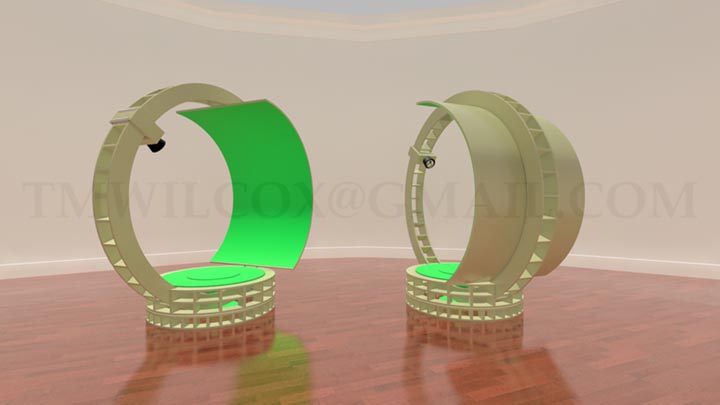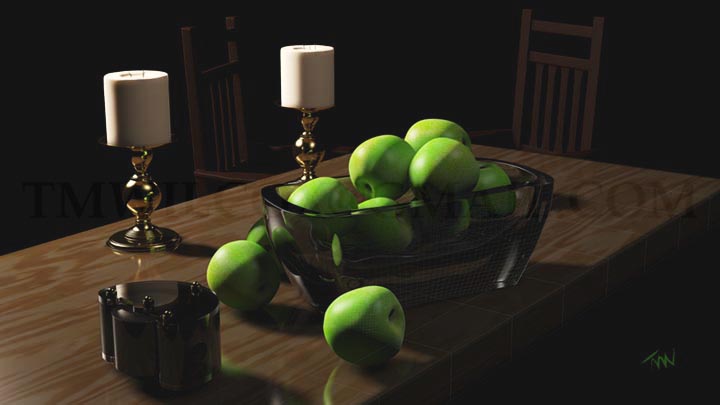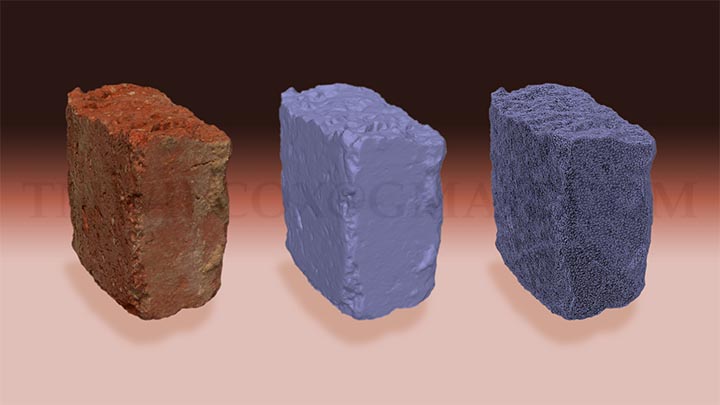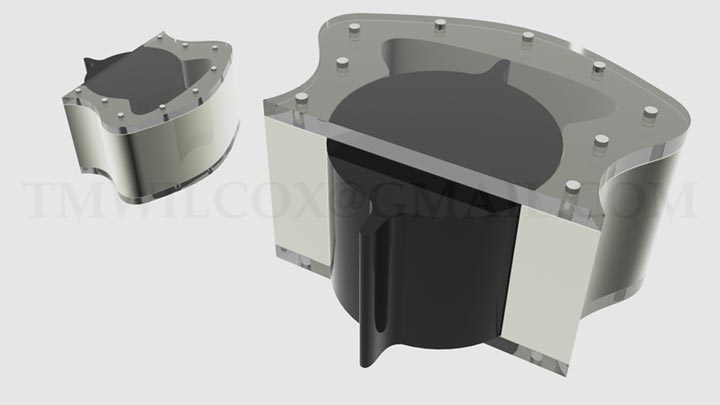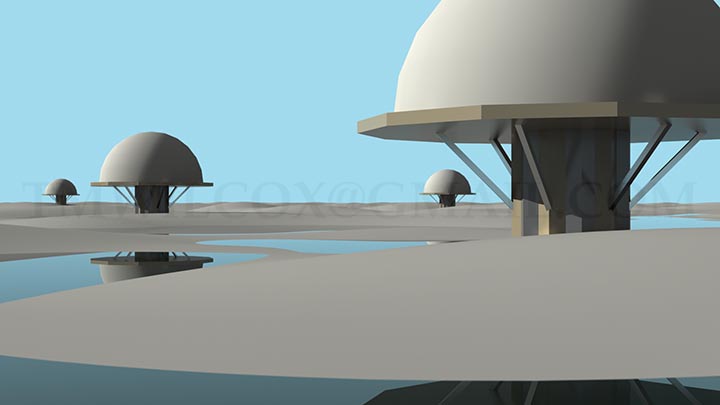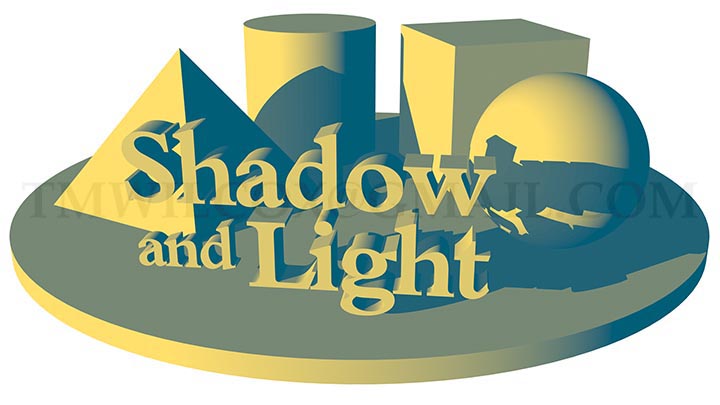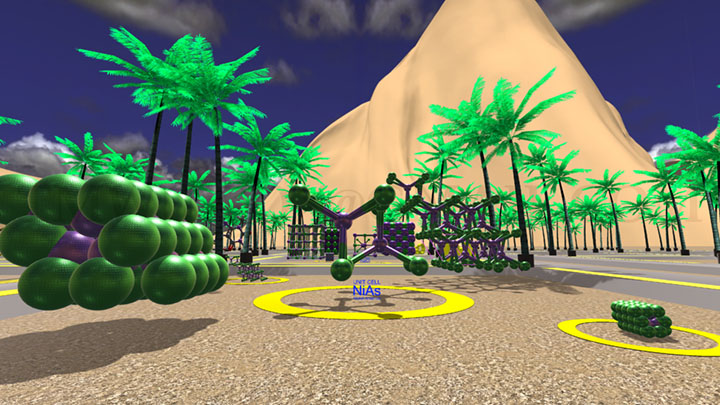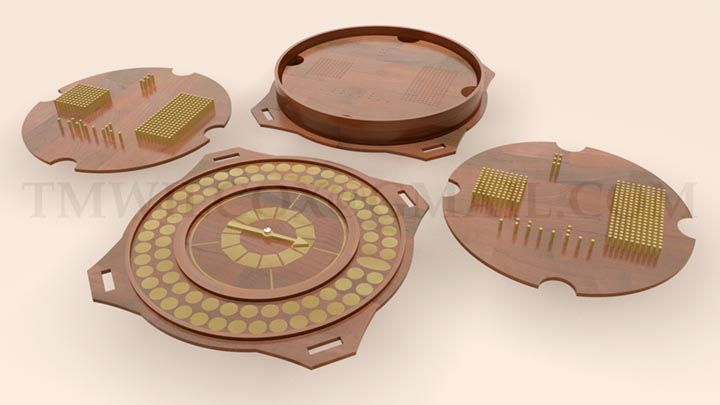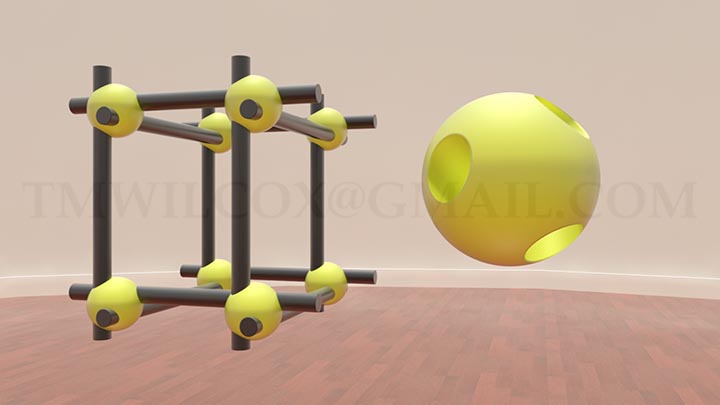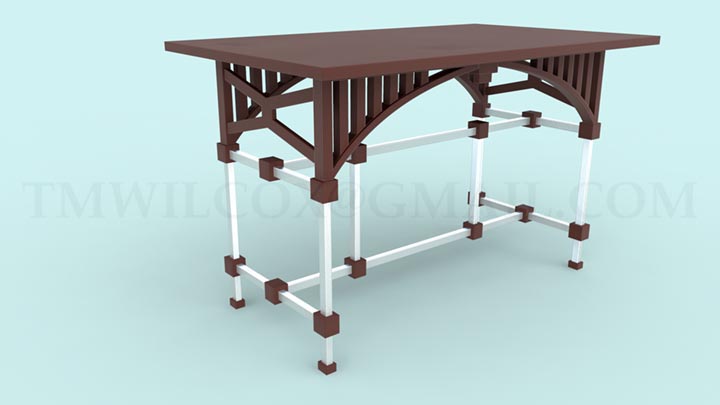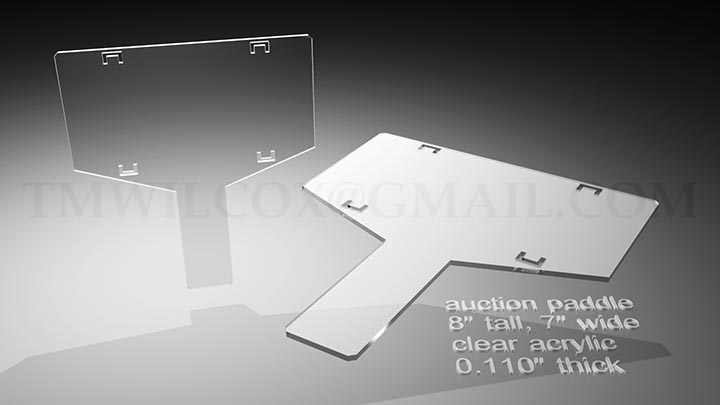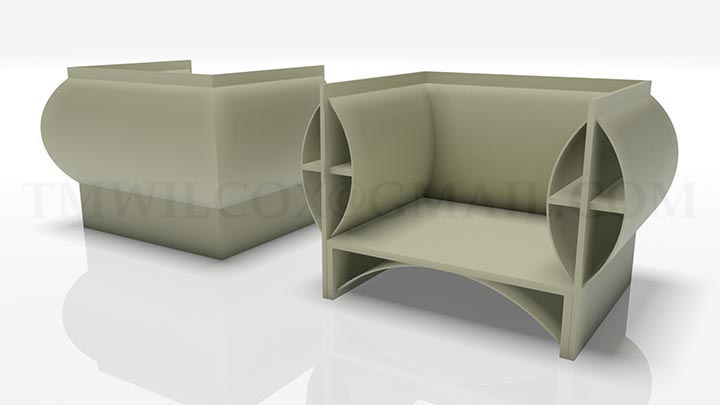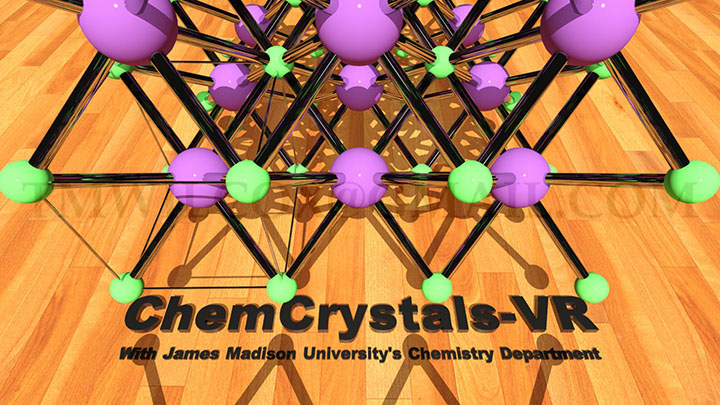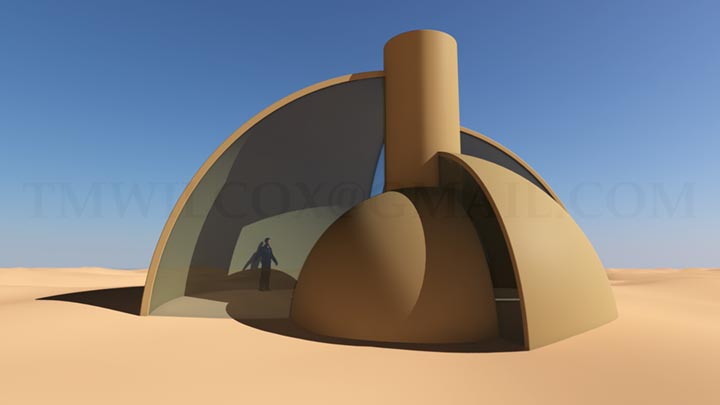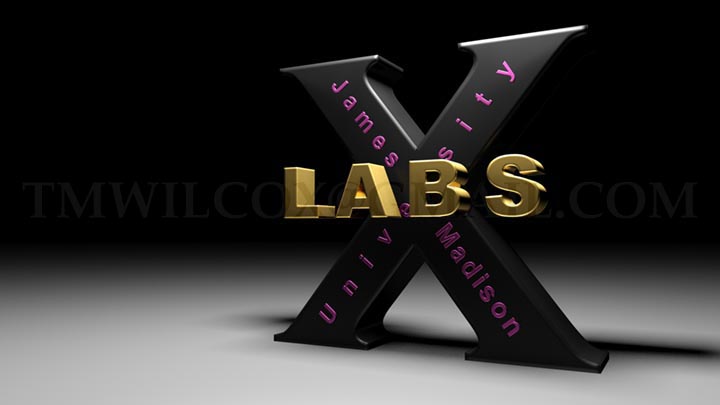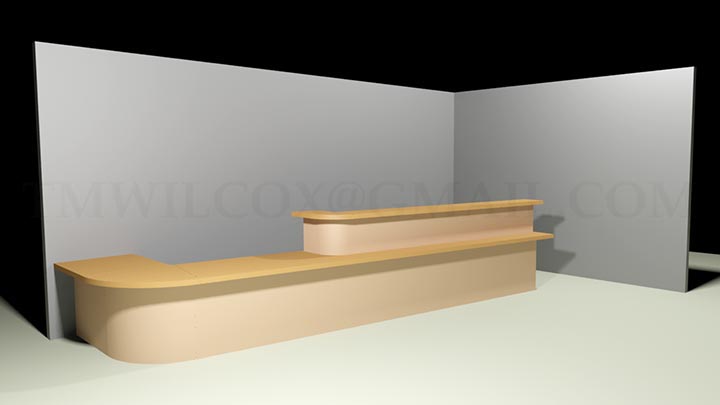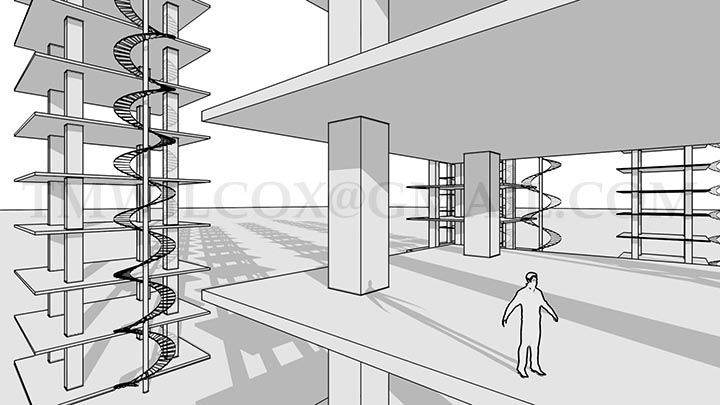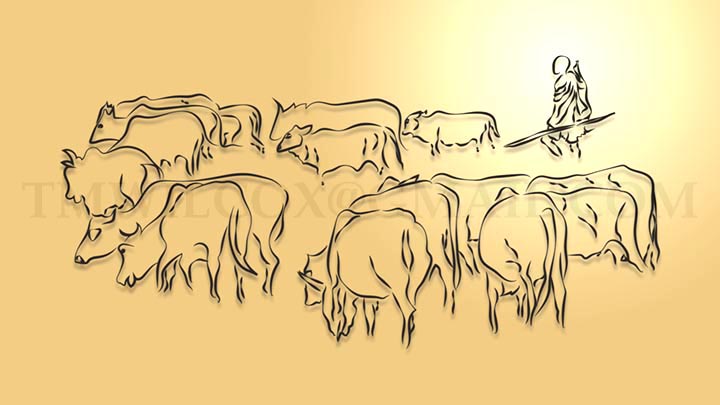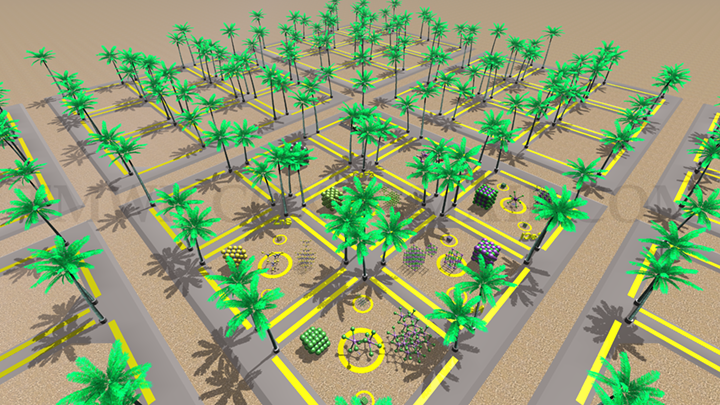
- Case Study -
BOXXER CONCEPT
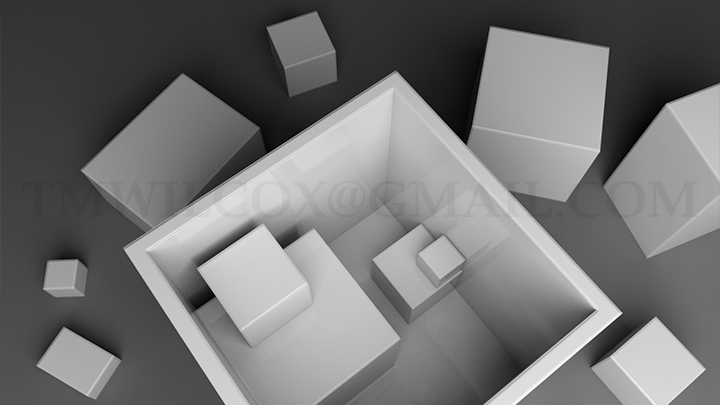
Spatial ability is a predictor of successful STEM careers and education. Boxxer is a virtual reality app for enhancing spatial ability and for demonstrating interaction design and artificial intelligence. My Boxxer game concept and slide presentation won an award in the category Best Industrial Product at the 2018 international NATO e‑Learning Conference.

Boxxer challenges players to fill a large box with smaller boxes, leaving the least possible unfilled space. The navigation interface affords box manipulation with dual VR controllers or hand and finger tracking. A player's score factors total attempts, elapsed time, and the unfilled space remaining at the end of a round. The glass-like boxes, dramatic lighting, and dynamic camera angles in these renders came together in 3ds Max.

The Boxxer app generates box dimensions in real-time with heuristics instead of a lookup table. The procedural generator adapts dynamically to a player's strategy. The more skillful the player, the more capable the app's intelligent agent becomes by steadily improving its ideal performance model and prediction accuracy. BOXXER derives from my 2017 EDUDEV blog post, "Making A Puzzle App With Unity."

Spatial ability is a predictor of successful STEM careers and education. Boxxer is a virtual reality app for enhancing spatial ability and for demonstrating interaction design and artificial intelligence. My Boxxer game concept and slide presentation won an award in the category Best Industrial Product at the 2018 international NATO e‑Learning Conference.

Boxxer challenges players to fill a large box with smaller boxes, leaving the least possible unfilled space. The navigation interface affords box manipulation with dual VR controllers or hand and finger tracking. A player's score factors total attempts, elapsed time, and the unfilled space remaining at the end of a round. The glass-like boxes, dramatic lighting, and dynamic camera angles in these renders came together in 3ds Max.

The Boxxer app generates box dimensions in real-time with heuristics instead of a lookup table. The procedural generator adapts dynamically to a player's strategy. The more skillful the player, the more capable the app's intelligent agent becomes by steadily improving its ideal performance model and prediction accuracy. BOXXER derives from my 2017 EDUDEV blog post, "Making A Puzzle App With Unity."

Boxxer challenges players to fill a large box with smaller boxes, leaving the least possible unfilled space. The navigation interface affords box manipulation with dual VR controllers or hand and finger tracking. A player's score factors total attempts, elapsed time, and the unfilled space remaining at the end of a round. The glass-like boxes, dramatic lighting, and dynamic camera angles in these renders came together in 3ds Max.

The Boxxer app generates box dimensions in real-time with heuristics instead of a lookup table. The procedural generator adapts dynamically to a player's strategy. The more skillful the player, the more capable the app's intelligent agent becomes by steadily improving its ideal performance model and prediction accuracy. BOXXER derives from my 2017 EDUDEV blog post, "Making A Puzzle App With Unity."
